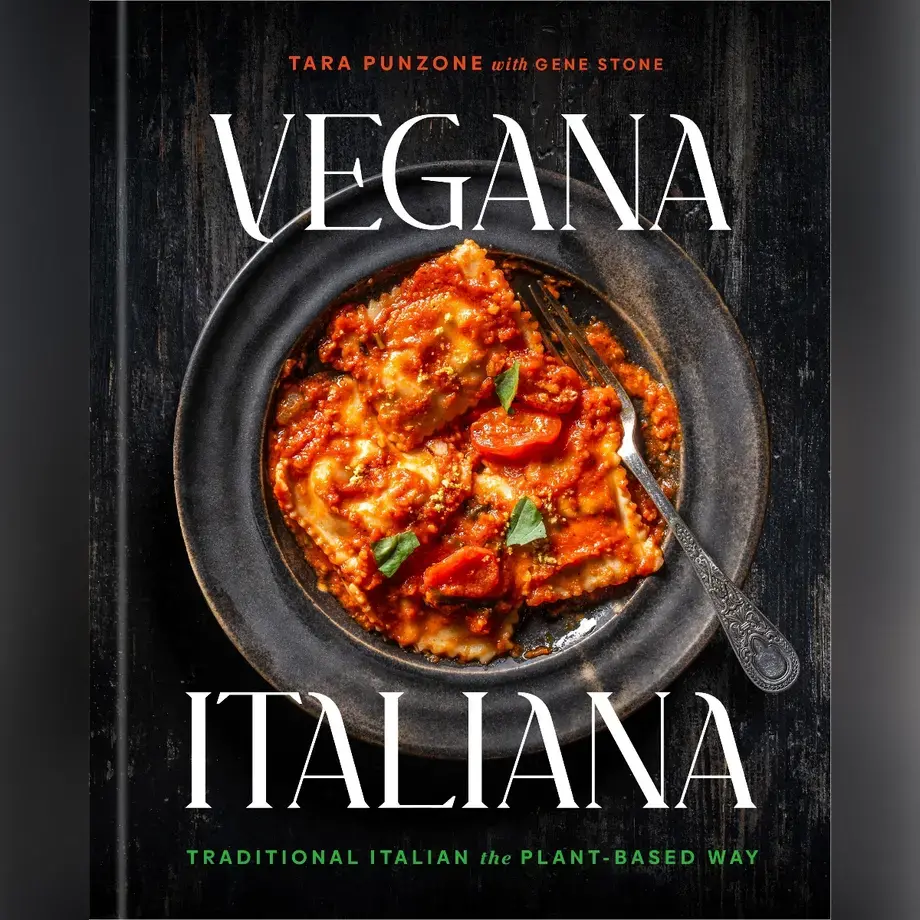To thicken a sauce such as gravy with starch, the first thing you will need to do is stir the starch into a small amount of cold water. Adding even more liquid to your gravy might seem counter-intuitive, but this step is essential for minimising lumps. By stirring the starch into cold water first, you are breaking up the powder before heat can cause it to quickly clump together.
As previously mentioned, there are 4 types of starch that are recommended for thickening gravy. They will require slightly different amounts, which, for the recipe above, are as follows:
- Corn starch – 1 teaspoon
- Potato starch – 1.5 teaspoons
- Tapioca starch – 1.5 teaspoons
- Arrowroot starch – 1.5 teaspoons
Once you’ve mixed the starch into a small amount of cold water, simply pour it into the pot with the gravy, stir it through, and allow it to simmer. It should only take a couple of minutes to thicken, so keep an eye on it and be sure that it doesn’t boil over.
Note that tapioca and arrowroot starch might produce a few small lumps, so if that’s not OK for you, stick with the corn or potato starches, or just prepare to strain the gravy before serving.
Of course, if the gravy still isn’t as thick as you would like it, you can simply add a little more starch. Or else you could finish the gravy with one of the following methods.
How to thicken gravy without starch
There are two main methods for thickening gravy without starch, but don’t forget you can also combine different methods if you prefer.
The two non-starch methods are as follows:
- Reduce. This is arguably the easiest method of thickening sauces, especially if you don’t need your gravy to be that much thicker. However, we say arguably because it can also be quite time-consuming. Plus there’s always the risk of the gravy boiling over if you don’t keep an eye on it. But the technique is simple: just keep the gravy simmering over the hob, stirring frequently, until the necessary amount of excess liquid has evaporated.
- Puree vegetables. Another easy method – and a self-explanatory one too. Simply puree your choice of vegetables in the food processor and stir the thick paste into your gravy thoroughly. Of course, the vegetables you decide to use will affect the taste of the gravy, so it will require some thought, but this can be as much an advantage as a disadvantage if you know what you’re doing. Otherwise, stick with the easy ones: potatoes and carrots.
Alternatively, if you’re looking for an easy lump-free gravy recipe with flour, try this one here. Then have a go at this delicious sausage and mash recipe for something to serve it with.
How to thicken gravy with flour
Sometimes, however, there’s no substitute for adding flour. Even gravy in recipes like sausage and mash with onions can often benefit from the addition of flour to further thicken it or speed the thickening process. Gravy can begin with flour, as with a roux (equal parts butter and flour, heated until all flour is absorbed), or can later help form a base with meat and juices, as in this recipe for biscuits and gravy. But if you’ve almost finished your gravy and just need to reduce it and/or thicken a bit more, try adding a little flour at a time, a teaspoon or tablespoon depending on the amount of gravy, and incorporating with a whisk or spoon. Keep the heat on high/medium high when adding, as this will help reduce the liquidity and assimilate the flour faster. Stop adding flour once the gravy has reached the desired consistency. Flour can also be combined with a little water and made into a paste beforehand for faster incorporation into the gravy.
Still looking for more takes on a flourless gravy? Check out these recipes by some of the world’s top chefs, perfect for any occasion.












